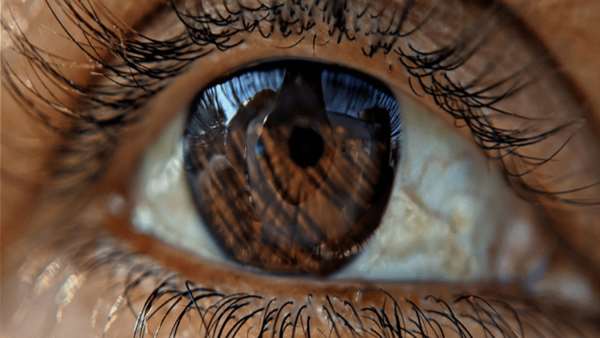In an international collaboration between the University of Cambridge (UK), the University of Pittsburgh (PA, USA) and Institut de la Vision (Paris, France), scientists have demonstrated that injecting a gene therapy vector into a single eye of someone with Leber hereditary optic neuropathy (LHON) can significantly improve vision in both eyes.
Their findings were published recently in the journal Science Translational Medicine.
LHON, the most common cause of mitochondrial blindness, is caused by a mutation in the MT-ND4 gene. The disease affects the retinal ganglion cells, causing the patient’s optic nerve and subsequently their vision to deteriorate. Patients typically develop symptoms in their 20s or 30s and can be considered legally blind within a few weeks of the disease’s onset.
“As someone who treats these young patients, I get very frustrated about the lack of effective therapies,” said senior investigator of the study, José-Alain Sahel (University of Pittsburgh). “These patients rapidly lose vision in the course of a few weeks to a couple of months. Our study provides a big hope for treating this blinding disease in young adults.”
In their groundbreaking Phase III clinical trial, the team used a technology called mitochondrial targeting to treat LHON patients. A viral vector containing modified cDNA, termed rAAV2/2-ND4, was injected into the vitreous cavity at the back of one eye of the LHON patients – with the other eye receiving a placebo.
Remarkably, of the 37 patients treated, 78% experienced significant vision improvement in both eyes.
“We expected vision to improve in the eyes treated with the gene therapy vector only. Rather unexpectedly, both eyes improved for 78% of patients in the trial following the same trajectory over 2 years of follow-up,” noted study author, Patrick Yu-Wai-Man (Moorfields Eye Hospital, London, UK).
Their results showed that treated eyes were three-times more likely to attain vision better than or equal to 20/2000 – a considerable improvement in best-corrected visual acuity.
“By replacing the defective MT-ND4 gene, this treatment rescues the retinal ganglion cells from the destructive effects of the m.11778G>A mutation, preserving function and improving the patient’s visual prognosis. The outcomes can be life-changing,” explained Yu-Wai-Man.
To uncover how treating one eye can improve the vision in both, the team conducted a study in cynomolgus macaques – an animal with a visual system similar to that of humans.
After administering an injection of rAAV2/2-ND4, the team found viral vector DNA in tissues from various parts of the untreated eye – implying diffusion of rAAV2/2-ND4 from one eye to the other was responsible.
“Saving sight with gene therapy is now a reality. The treatment has been shown to be safe and we are currently exploring the optimal therapeutic window,” concluded Yu-Wai-Man.
“Our approach isn’t just limited to vision restoration,” added Sahel. “Other mitochondrial diseases could be treated using the same technology.”
Ref:https://www.regmednet.com/two-for-one-viral-vector-therapy-in-one-eye-improves-vision-in-both/




ارسال به دوستان